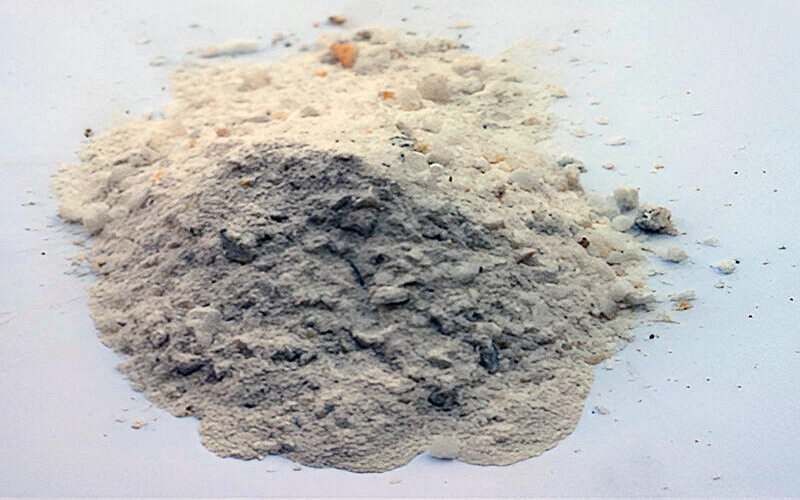Kaolin, also known as china clay, is a soft, white, naturally occurring clay mineral primarily composed of kaolinite, a type of hydrous aluminum silicate (Al₂Si₂O₅(OH)₄). It is formed through the weathering of feldspar-rich rocks over millions of years and is typically found in deposits across the world, with notable sources in the United States, Brazil, China, and the United Kingdom. Kaolin’s fine particle size, chemical inertness, and white color make it a valuable raw material across a wide range of industries.
One of the largest and oldest uses of kaolin is in the paper industry. It is used as both a filler and a coating agent to improve the brightness, smoothness, and printability of paper and cardboard. Its light color and fine texture help achieve a glossy finish and enhance the appearance of printed images and text. In addition to paper, kaolin is a key ingredient in ceramics, particularly porcelain. It gives ceramic products their strength, whiteness, and smooth finish.
Kaolin also plays an essential role in the production of paints and coatings, where it serves as an extender and filler that enhances opacity, reduces costs, and improves rheological properties. In the rubber and plastics industries, kaolin acts as a reinforcing agent and helps improve mechanical strength and resistance to abrasion. Its chemical inertness and fine particle size also make it a safe and effective component in cosmetics, toothpaste, and pharmaceuticals, particularly as a base for medicinal creams and powders.
In construction, kaolin is used in the manufacture of tiles, bricks, cement, and fiberglass. The mineral’s high melting point and refractory properties also make it suitable for use in high-temperature applications, such as refractory linings and insulation materials. In agriculture, kaolin is sometimes sprayed on crops as a natural pest deterrent, forming a protective barrier that discourages insect feeding.

Kaolin’s properties can vary depending on its source and processing methods. Beneficiation techniques such as bleaching, grinding, and particle sizing are often used to enhance its whiteness and performance in specific applications.
In conclusion, kaolin is a remarkably versatile and widely used industrial mineral. Its natural properties—fine texture, chemical stability, and white color—allow it to enhance the performance and appearance of a broad array of products, from everyday paper and ceramics to high-tech industrial materials and personal care items.
The largest use is in the production of paper, including ensuring the gloss on some grades of paper. in ceramics. It is generally the main component in porcelain. as an indicator in radiological dating since Kaolinite can contain very small traces of uranium and thorium.

| Oxide | Al2O3 | SO3 | Fe2O3 | TlO2 | SlO2 | K2O | CaO | L.I.O |
|---|---|---|---|---|---|---|---|---|
| % | 25.23 | 0.301 | 0.348 | 0.704 | 68.49 | 0.045 | 0.112 | 4.42 |

© 2013 Vertix Co. All Rights Reserved. Leading Supplier Of Foundry & Metallurgical Materials